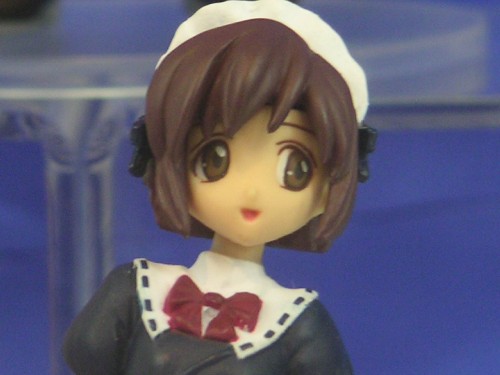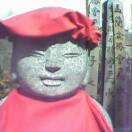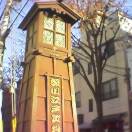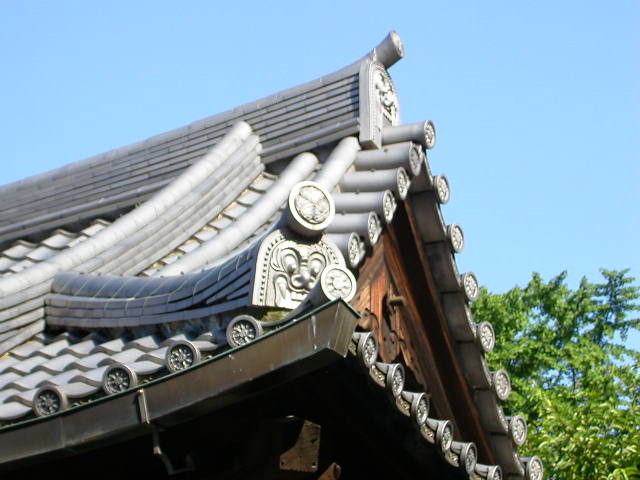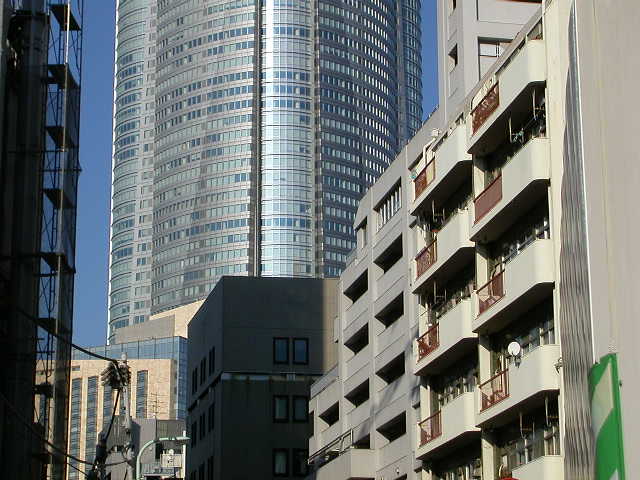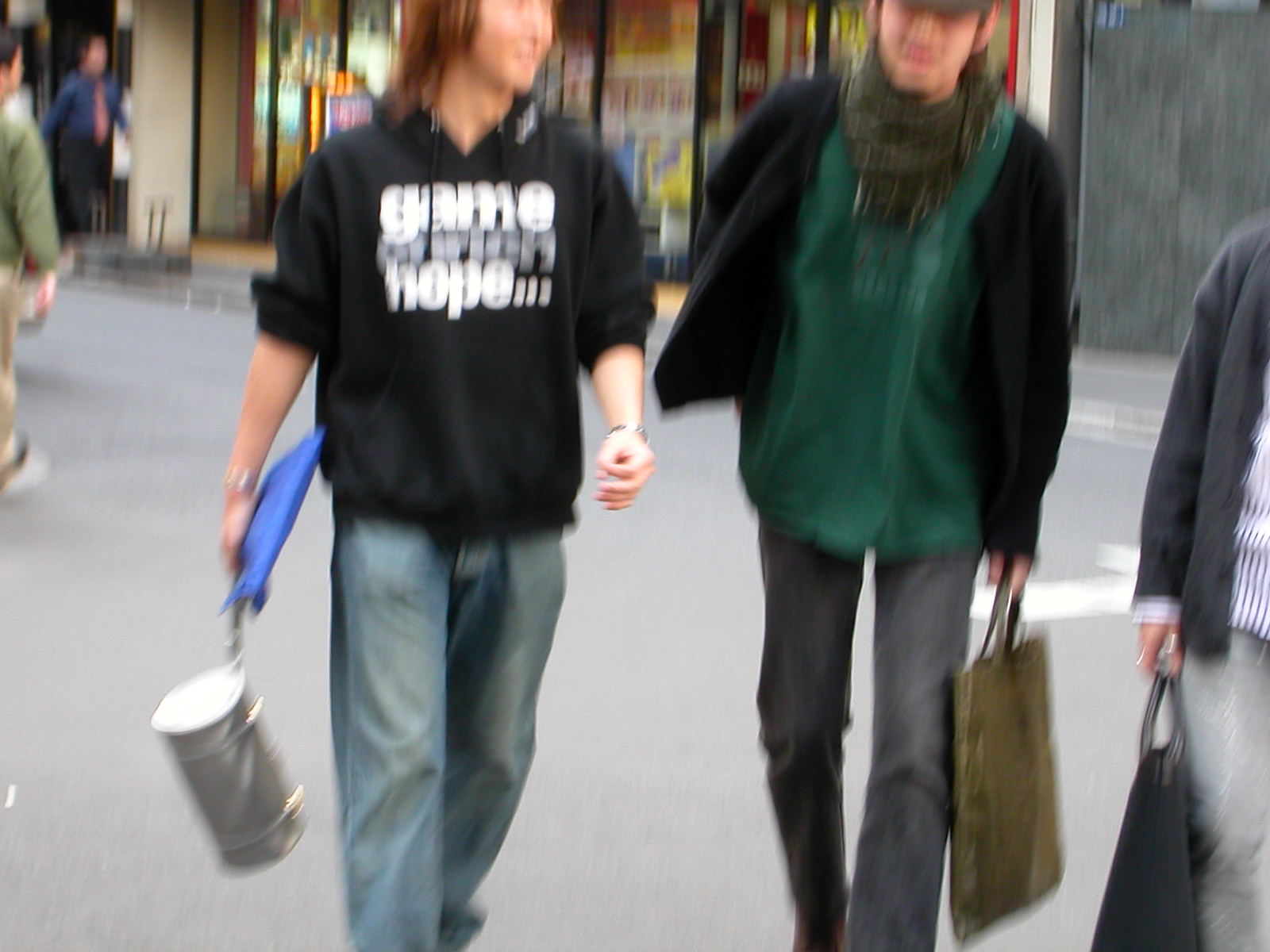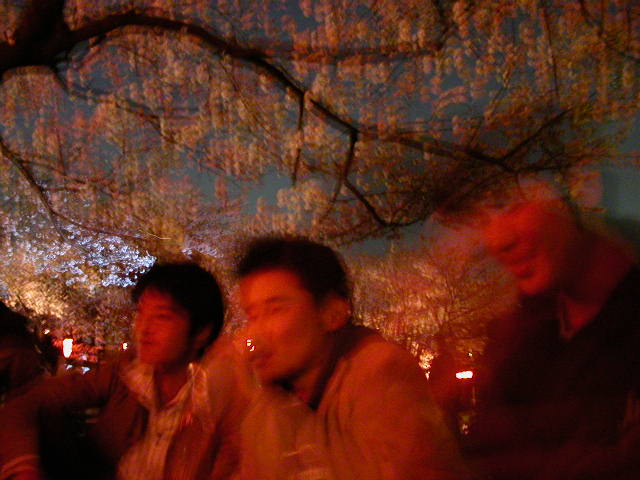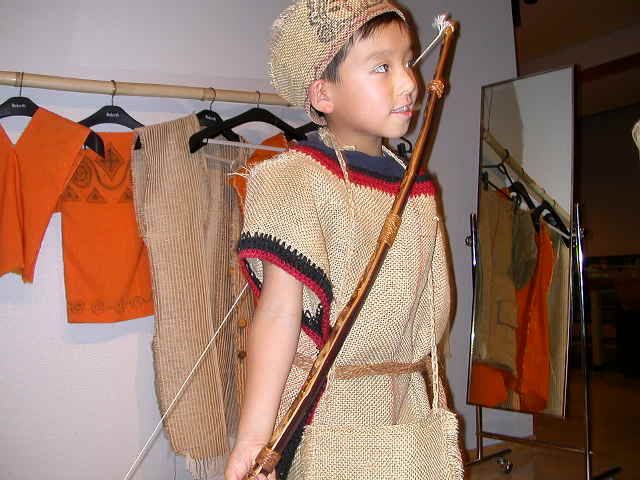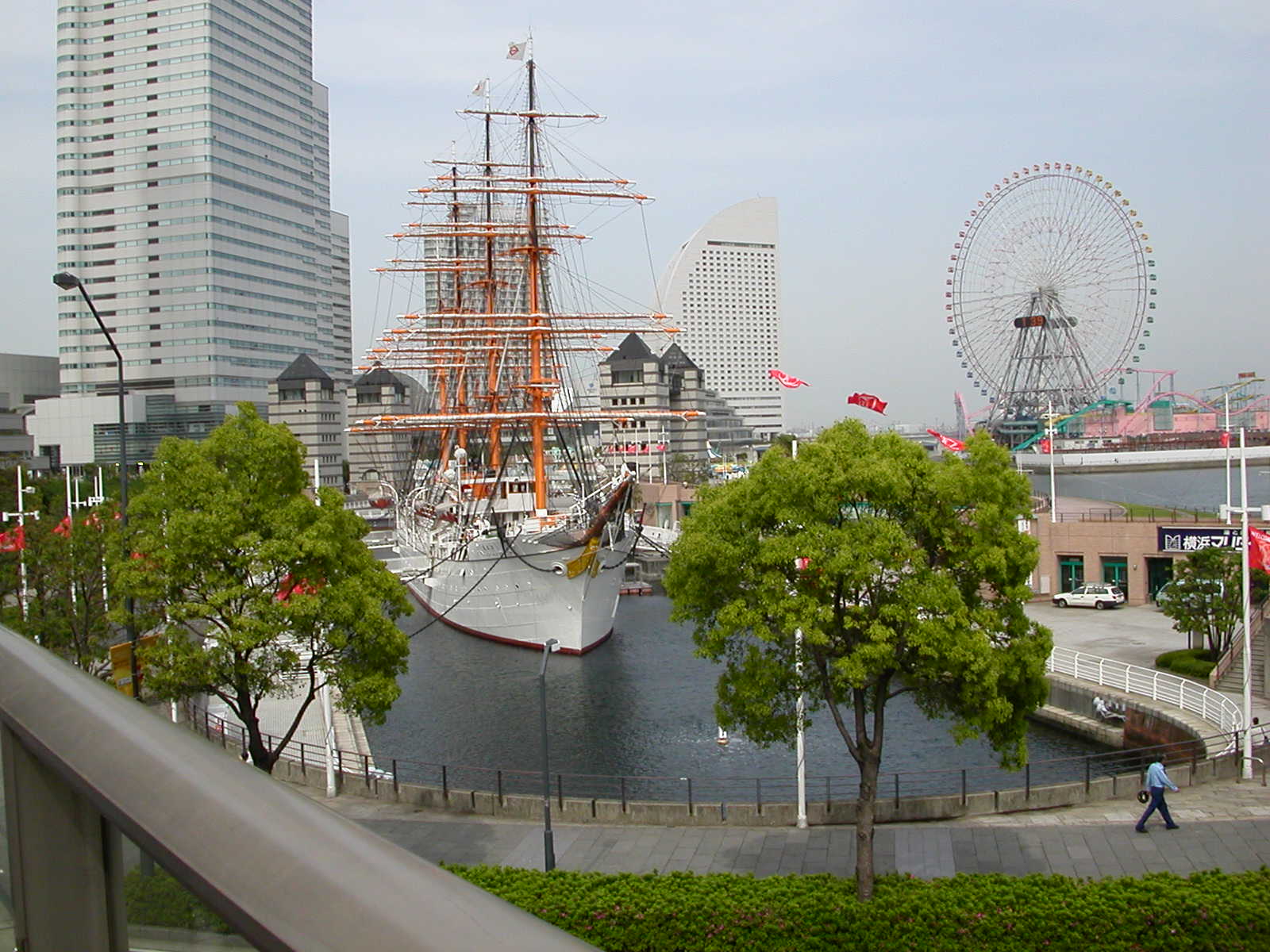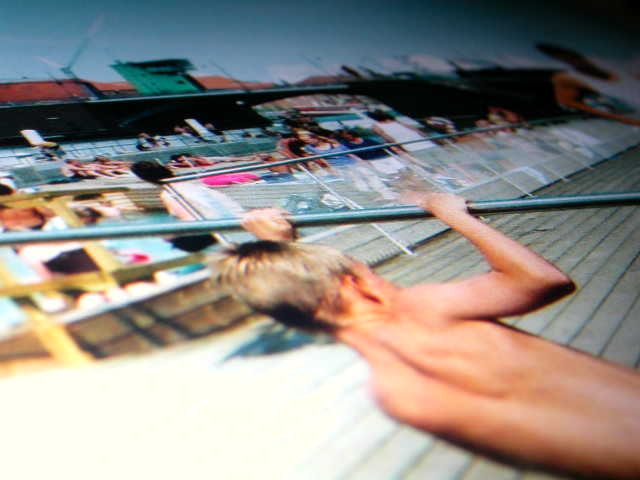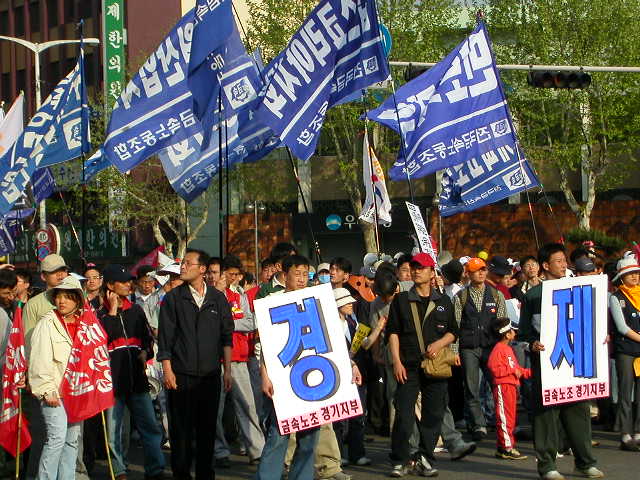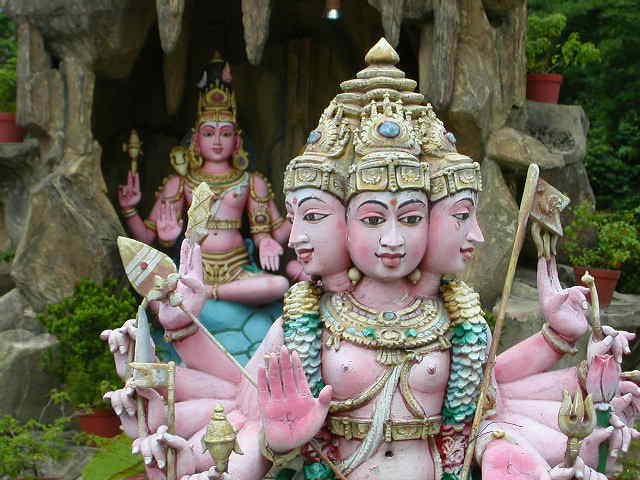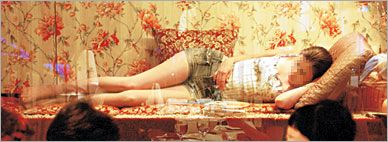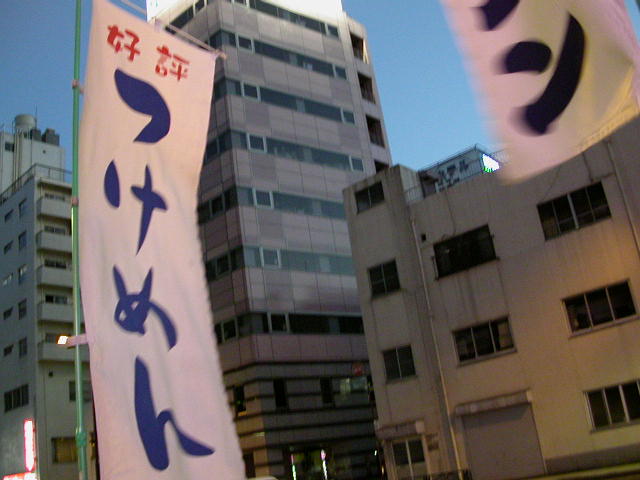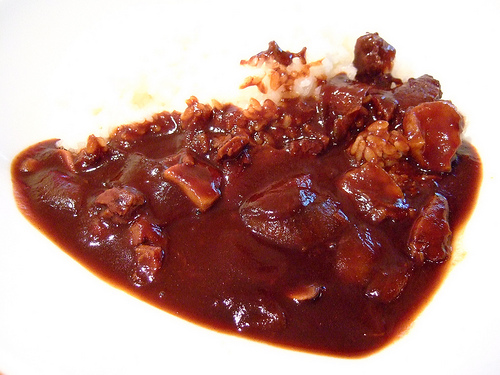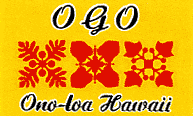| |||||||||||||||||
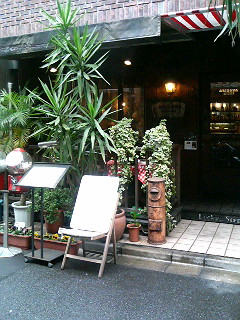 According to a Japanese reviewer: "It is known as the restaurant loved by a famous writer Kafu Nagai. We hear he liked stewed beef at the price of 2000 yen. This restaurant is full of cheerful atomosphere (sic) and is popular among the native young people (they mean young Japanese, not American Indians!) One week is spent for making the deminglace sauce of this restaurant!"
According to a Japanese reviewer: "It is known as the restaurant loved by a famous writer Kafu Nagai. We hear he liked stewed beef at the price of 2000 yen. This restaurant is full of cheerful atomosphere (sic) and is popular among the native young people (they mean young Japanese, not American Indians!) One week is spent for making the deminglace sauce of this restaurant!"
On her website Eve wrote: "We arrived at Asakusa station and so our first stop was the Kaminari Mon, or `Thunder Gate` which leads to the Nakamise market and Sensoji temple. Our guide suggested we take a boat along the Sumida River to Hamarikyu gardens, and so our course was set. On the way, however, I noticed, down an alley, a little cafe called Arizona Kitchen, which I happened to know was one of the haunts of Nagai Kafu. I mentioned this and our guide suggested we have lunch there. On the menu was a strange dish of chicken liver, which, it said, Nagai Kafu used to eat when he came here. Since my vegetarianism has already been ruined by daily life in Japan, I only felt a minor sense of regret in ordering this. I suppose it`s silly, but it made me feel a little closer to one of my personal literary deities. On the wall of the cafe were extracts from Kafu`s diary. "January the 24th. Clear skies. Cloudy later. Dinner at Arizona Kitchen." That sort of thing."
 Nearly six months after moving from Taito Ward (November 30 2007), I was due to meet my local friend Mrs Sasaki in Asakusa when, quite literally out of the blue, she suggested we go have lunch at the Arizona Kitchen. It was a dark moody day, and Asakusa was exuding its characteristic atmosphere. There were only a handful of patrons inside the restaurant, but like me they were taking photos of the various mementoes and the decor, knowing that this was a piece of local history. Unlike Eve, I steered away from the bird liver dishes, and ordered roast beef. It tasted pretty damn good, I have to confess -- that was one meaty high! I learnt a little about the man Nagai Kafu, who lived over the river in Sumida River, and once spent time in France. We admired the saddles and other decorations.
Nearly six months after moving from Taito Ward (November 30 2007), I was due to meet my local friend Mrs Sasaki in Asakusa when, quite literally out of the blue, she suggested we go have lunch at the Arizona Kitchen. It was a dark moody day, and Asakusa was exuding its characteristic atmosphere. There were only a handful of patrons inside the restaurant, but like me they were taking photos of the various mementoes and the decor, knowing that this was a piece of local history. Unlike Eve, I steered away from the bird liver dishes, and ordered roast beef. It tasted pretty damn good, I have to confess -- that was one meaty high! I learnt a little about the man Nagai Kafu, who lived over the river in Sumida River, and once spent time in France. We admired the saddles and other decorations.
Thanks to Wikipedia and other sources, this is what I have learnt about the man: "Nagai Kafu) was born Nagai Soukichi on December 4, 1879. He "was a Japanese novelist, playwright, essayist, and diarist. His works are noted for their depictions of life in early 20th-century Tokyo, especially among geisha, prostitutes, cabaret dancers, and other denizens of the city's lively entertainment districts."
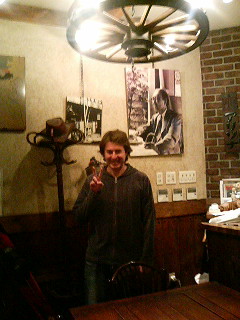 One part of Tokyo which Nagai Kafu was particularly fond of, and this is another place which was in striking distance of my old Taito Ward pad, was Yoshiwara. As the aforementioned Wikipedia has reported: "The Yoshiwara was created in the city of Edo, located near what is today known as Nihonbashi, near the start of the busy Tokaido Road that leads to western Kyoto in western Japan. In 1656, due to the need for space as the city grew, the government decided to relocate Yoshiwara, and plans were made to move the district to its present location north of Asakusa on the outskirts of the city.
One part of Tokyo which Nagai Kafu was particularly fond of, and this is another place which was in striking distance of my old Taito Ward pad, was Yoshiwara. As the aforementioned Wikipedia has reported: "The Yoshiwara was created in the city of Edo, located near what is today known as Nihonbashi, near the start of the busy Tokaido Road that leads to western Kyoto in western Japan. In 1656, due to the need for space as the city grew, the government decided to relocate Yoshiwara, and plans were made to move the district to its present location north of Asakusa on the outskirts of the city.
"Ironically, the old Yoshiwara district burned down (along with much of the city) in the Meireki fire of 1657; it was rebuilt in the new location, when it was renamed Shin Yoshiwara (New Yoshiwara), the old location being called Moto Yoshiwara (Original Yoshiwara); eventually the "Shin" was dropped, and the new district became known simply as the Yoshiwara.
"The Yoshiwara was home to some 1,750 women in the 1700s, with records of some 3,000 women from all over Japan at one time. The area had over 9,000 women, many of whom suffered from syphilis, in 1893. These women were often sold to the brothels by their parents at the age of about seven to twelve. If the young girl was lucky, she would become an apprentice to a high ranking courtesan. When the girl was old enough and had completed her training, she would become a courtesan herself and work her way up the ranks. The girls often had a contract to the brothel for only about five to ten years, but massive debt often kept them in the brothels their entire life. There were very few ways for a young lady to get out of the brothel due to all of her debt.
"Social classes were not strictly divided in Yoshiwara. A commoner with enough money would be served as an equal to a samurai. Though it was discouraged for a samurai to enter the Yoshiwara area, they often did so anyway. The only requirement on them was that all their weapons had to be left at the town's entrance gate. Also by law, the patrons of the brothels were only allowed to stay for a night and a day at a time.
"Yoshiwara also became a strong commercial area. The fashions in the town changed frequently, creating a great demand for merchants and artisans. Traditionally the prostitutes were supposed to wear only simple blue robes, but this was rarely enforced. The high-ranking ladies often dressed in the highest fashion of the time, with bright colorful silk kimonos and expensive and elaborate hair decorations. Fashion was so important in Yoshiwara that it frequently dictated the fashion trends for the rest of Japan."
You would never guess from the dreary and drab state of Yoshiwara today, that it was once the fashion heart of Japan. It only goes to illustrate, how things change over time...
Arizona Kitchen: 1-34-2 Asakusa, Taito Ward. Phone: 03/3843 4932.
ASAKUSA RESTAURANTS AND CAFES
ef gallery | gaboh | heijouen grilled meat
|
||||||
